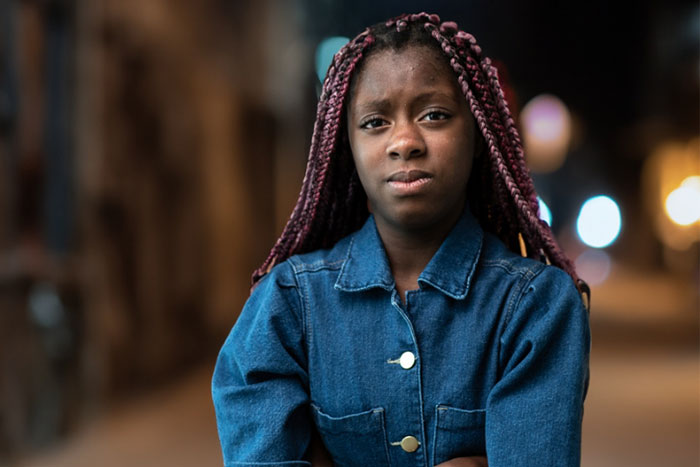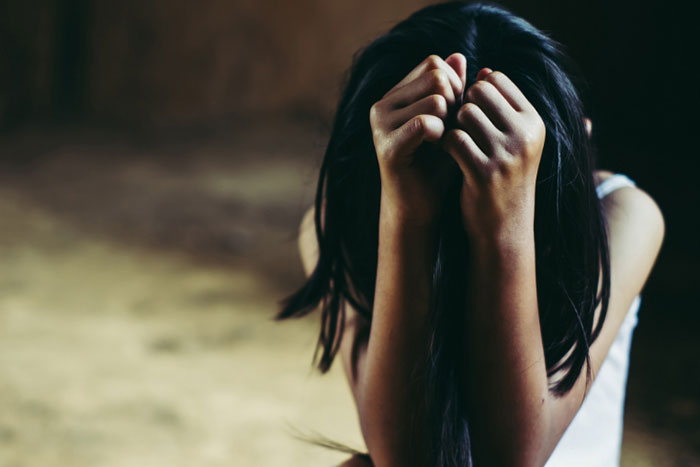Get Informed About Human Trafficking
What Is Human Trafficking?
Human trafficking is the use of force, fraud, or coercion to compel a person into commercial sex acts or labor or services against their will. A market-driven criminal industry, it is based on principles of supply and demand and the prospect of high profits at low risk. Every year, traffickers generate more than $150 billion in profits by victimizing millions of people worldwide.
But there is a definition of human trafficking that is more accurate still: Enslavement
The U.N. Office on Drugs and Crime notes that “after much neglect and indifference, the world is waking up to the reality of [this] modern form of slavery.” Currently, an estimated 27.6 million people are victims of human trafficking worldwide, according to the U.S. Department of State. Among trafficking victims, children and youth experiencing homelessness are particularly targeted.
Youth Homelessness + Human Trafficking
Why Are Children and Youth Facing Homelessness at Greater Risk of Trafficking?

Traffickers target children and youth facing homelessness because they perceive them to be low-risk, vulnerable, easily manipulated, and easier to lure from the streets. Traffickers use promises of food, shelter, love, and security to build a bond with their young victims that is strong enough to withstand the abuse and exploitation that follow. Then, with no home to go to and no one to care for them, these young people can disappear into trafficking rings, and no one will know they are gone.
How Prevalent Is Trafficking of Homeless Youth?

Covenant Home research shows that 68% of youth who had either been trafficked or engaged in survival sex did so while homeless. Of all youth in our U.S. and Canadian shelters, 22% were approached for paid sex on their first night of homelessness, and nearly 20% were trafficked. Almost one-third of our LGBTQ+ youth have experienced some form of trafficking. At our Latin America sites, where our residents are just 12 to 18 years old, the percentage of trafficking survivors is even higher: 51%, and at our Guatemala site, 65% of our children and adolescents are survivors of sex trafficking.
How Does Human Trafficking Impact Victims and Society?

According to the U.S. Administration for Children and Families, human trafficking survivors can show signs of anxiety, emotional numbness, memory loss, and depression. They may develop PTSD, dependence on substance or alcohol use, or eating disorders. For children and youth, who are still developing emotionally, cognitively, and physically, these impacts may have long-lasting effects. Trafficking also impacts the societies where it occurs. The U.S. DOS calls trafficking “a grave crime and a human rights abuse” that compromises national and economic security, undermines the rule of law, and harms the well-being of individuals and communities.
Common Myths and Facts About Human Trafficking
Click through each common myth to read about the truth about human trafficking.
Get Help Now
If you or a young person you know needs help, here’s what to do.
- Call 911 if you are in immediate danger.
- Call the Suicide and Crisis Hotline at 988 if you are in emotional distress.
Call or come into the nearest Covenant Home, where you will find safety, services, and support at no cost. Covenant Home has locations in 34 cities across five countries. We are here to help, not to judge.
